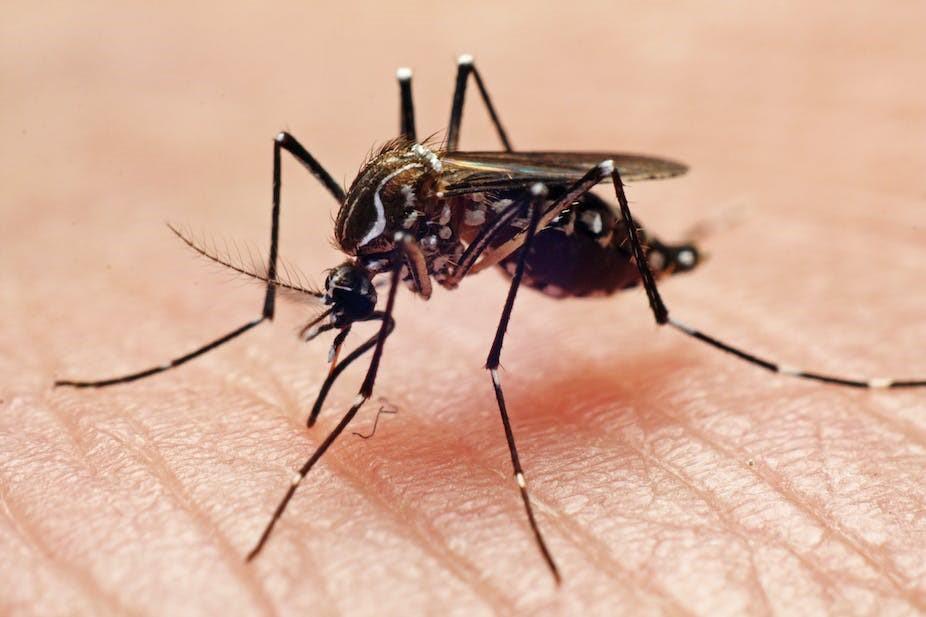Africa-Press – Namibia. A total of 1 562 people have been admitted due to malaria illnesses in the regions of Ohangwena, Oshana, Omusati and Oshikoto.
27 people have died from the disease.
Speaking to New Era, Senior Medical Officer at Engela District Hospital, Dr Lukas Nghaamwa, indicated that Ohangwena has recorded the highest number of malaria cases, with nine deaths reported.
Ohangwena recorded 5 808 cases, of which 2 767 are local transmissions and 3 041 are imported.
Oshana recorded 335 cases and eight deaths. In the Omusati region, Health Director Alfons Amoomo said this year, the region has recorded 346 malaria cases and one death.
“According to our latest update, Outapi District has been the most- affected, with 320 cases reported,” he stated. He said this is due to the high number of cases in two villages, Mahenene and Omakuwa, which border Angola. “Most of the cases are from Angola,” he added.
Amoomo stressed that the region has implemented interventions by establishing malaria management points at Omakuwa and Mahenene.
“We have started mass testing, community engagement and public health awareness campaigns at schools and through radio talks,” he added.
Meanwhile, the region faces challenges with insufficient mosquito nets.
“We managed to distribute nets to people who relocated to tents due to flooding, but some still did not receive any.” He assured that his office will ensure people staying in tents receive the necessary medical services.
Oshikoto Health Director Joshua Nghipangelwa said they have identified a major challenge, as many communities’ members delay seeking care at health facilities, which puts them at greater risk of complications.
His region recorded 1080 cases of malaria and nine deaths.
“We have observed a significant spike in malaria cases, particularly in the Tsumeb and Omuthiya districts. So far, only a few cases have been reported in the Onandjokwe district,” he said.
Nghipangelwa emphasised that during this malaria season, people must seek early treatment at their nearest clinics or from community healthcare workers in their respective villages.
For More News And Analysis About Namibia Follow Africa-Press






